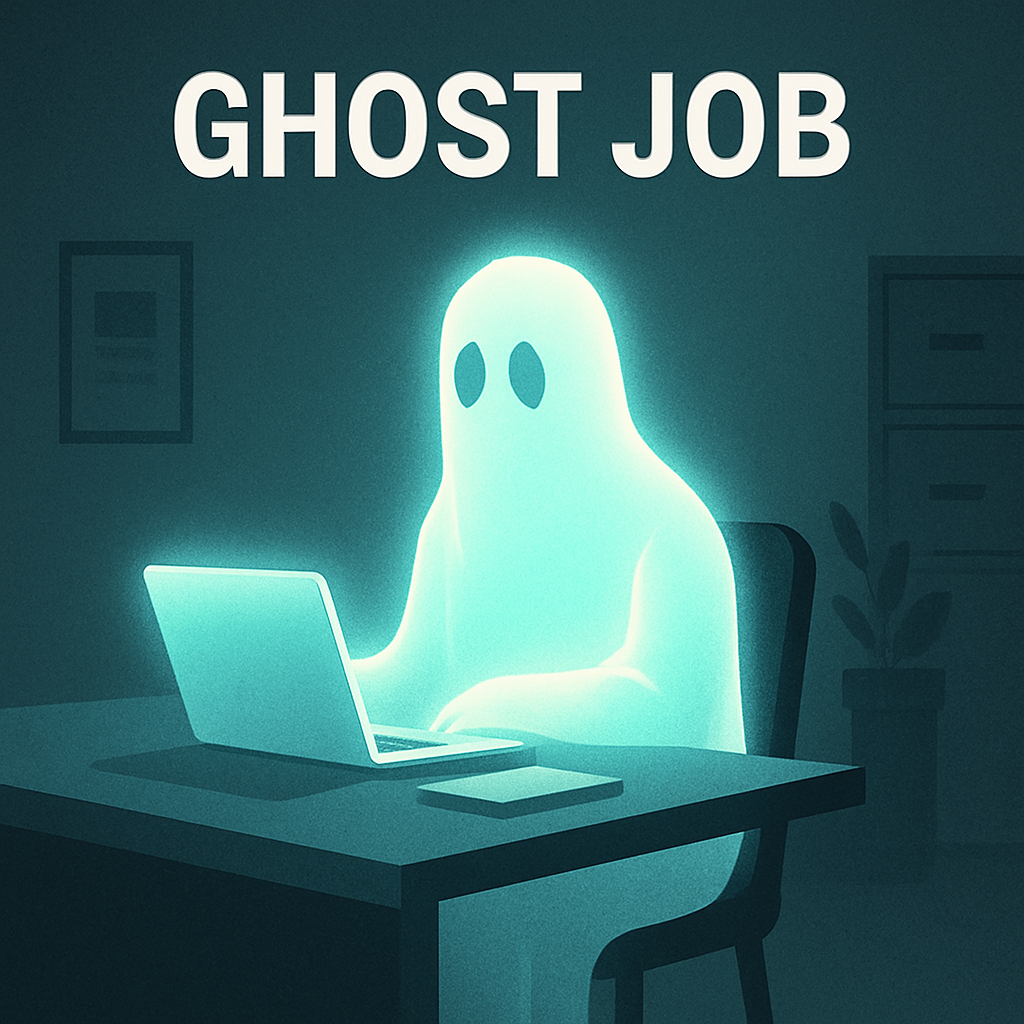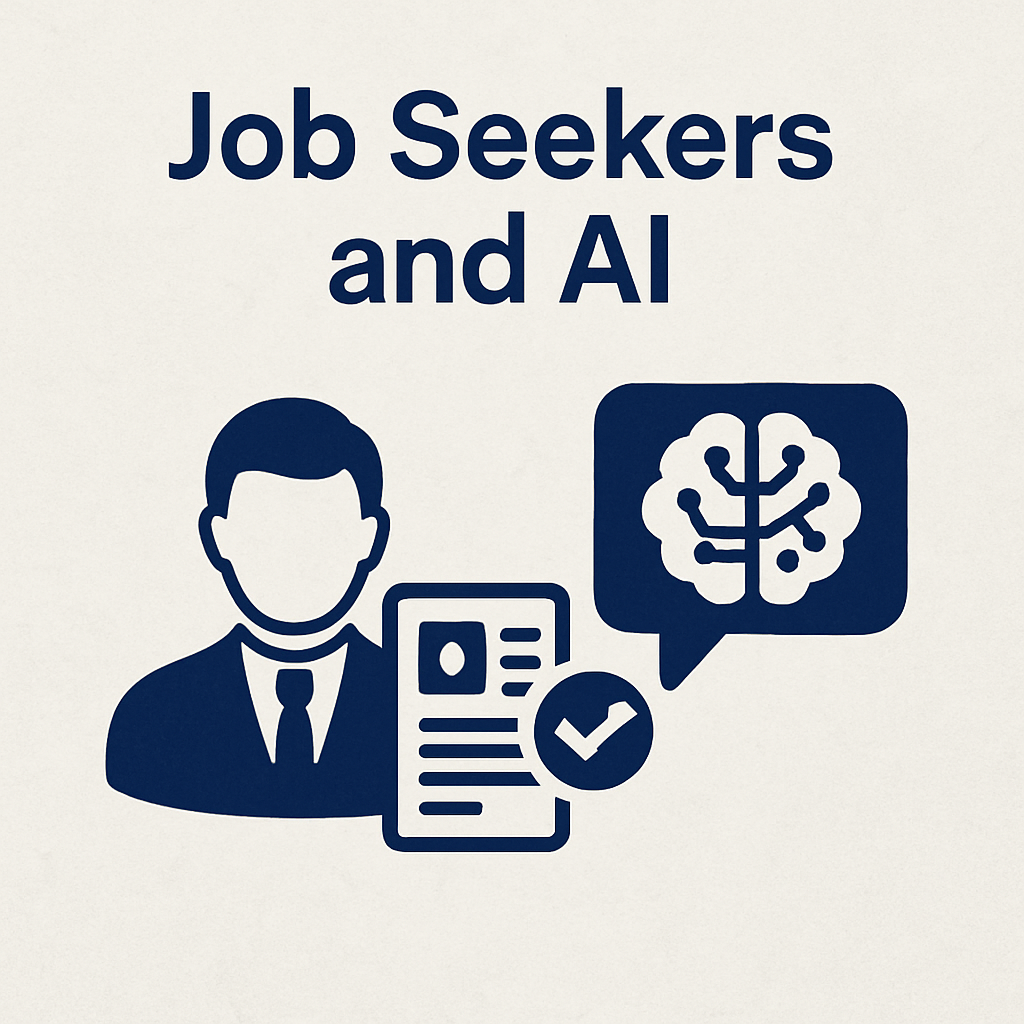If you feel like job interviews have become a completely different game lately, you’re not wrong. The hiring process in 2025 looks and feels different for everyone – job seekers, hiring teams, even the recruiters in between.
Here’s what’s driving the change, why it matters, and how both sides can adapt.
1. Asynchronous Video Interviews Are the New Normal
The scheduling back-and-forth? That’s disappearing. Candidates are increasingly being asked to record video answers to preset questions, while hiring teams watch and score them at their convenience.
- This approach can cut time-to-hire by up to 50%, reduce recruiting costs by around 30%, and still score well on candidate satisfaction.
- Around 40% of organisations now use video-first screening as a standard step.
Efficient? Yes. A little strange to get used to? Also yes.
2. Skills-Based Challenges Are Replacing CVs
It’s becoming less about what’s written on a résumé and more about what you can actually do in practice.
- In the UK, 77% of employers say they prioritise skills tests over academic credentials.
- Skills-first hiring not only reduces hiring errors, it’s also more inclusive – helping to surface talent that traditional CV filters might overlook.
- 72% of hiring managers now say they value skills assessments more than reviewing a CV.
Think less “here’s my work history” and more “watch me solve your problem in real time”.
3. Personality, Aptitude and Soft Skills Testing
As AI-generated CVs flood the market, companies are doubling down on assessments that reveal how people think, adapt, and collaborate.
- 76% of companies now use personality, aptitude or culture-fit assessments – a big jump from just a few years ago.
Hard skills get you noticed. Soft skills get you hired.
4. AI’s Role in Fairer Interviews
Used well, AI can help reduce bias in early-stage interviews. Some systems claim to cut sentiment bias by 41%, making shortlisting more objective.
But candidates have mixed feelings about being interviewed by algorithms, as articles like When Your Interviewer Isn’t Even Human make clear. Transparency and empathy remain essential if the process is to stay human.
Tips for Job Seekers
- Prepare like you’re on camera
Good lighting, quiet space, and clear, concise answers matter more than ever. - Embrace skills tests
Treat them as a stage to showcase your strengths – not just another hoop to jump through. - Highlight soft skills
Examples of problem-solving, adaptability, and teamwork will land well with human and AI reviewers. - Don’t rely on automation alone
If a process feels cold or unclear, lean on your network for insight.
Why Employers Should Care Too
The “new interview” isn’t just about efficiency. Done right, it:
- Respects candidates’ time
- Enhances employer brand
- Surfaces talent that might be overlooked in a traditional CV stack
But strip away too much human interaction and you risk alienating the very people you want to hire.
Final Thought:
The 2025 interview process blends video, testing, and AI in ways that can feel unfamiliar. For candidates, it’s about preparation and adaptability. For employers, it’s about using the tools without losing the humanity.








Recent Comments